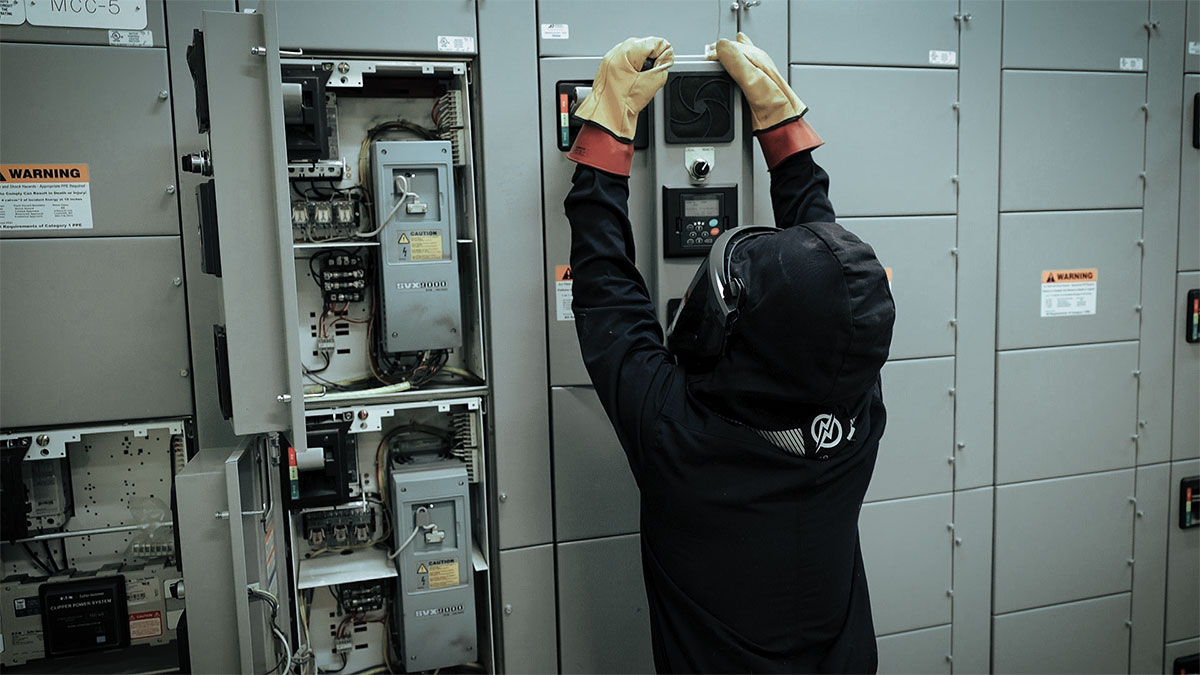Despite more than two hundred years of avid domestication, electricity is neither docile nor submissive. Underneath, it remains wild, unyielding and deadly; daring any to unmask its hidden dangers. Unperceived and unsuspected, these dangers lie in concealment, without motion, for long periods of time before savagely attacking.
Then it is often too late. Identifying these dangers is one of our responsibilities. In the March/April issue, we’ve identified six of them…
Stray Currents
In the lead article, “Stray Currents—Catching What We Cannot See,” Jonathan Cadd focuses on how electricity leaches into the earth, into bodies of water, into concrete feedlots and animal contact areas. When animals come into contact with these stray voltages, they respond; sometimes by avoiding food and water and, at other times, by acting wild or “crazy.”
Failure of Operations
Also in “Stray Currents,” Jonathan demonstrates how the failure of a heater in a watering trough can induce circulating currents, thus adversely affecting the operations of the cattle business. Failure of operations can lead to expensive downtimes, loss of production and loss of life.
Improper Installations
Mike Johnston and Rob Colgan, in “Safely Harnessing the Sun’s Energy,” stress that the voltages in a PV system can be every bit as dangerous as alternating current systems. PV installation is not a job for a handyman and these systems are far more than plug-and-play. If mishandled, PV installations, which cannot be de-energized during daylight hours, can cause electrocution, fires and burns. That’s why it is important for qualified contractors and installers and inspectors to work together for quality, safe PV systems.
Lack of Maintenance
Ron Janikowski and Jeff Fitzloff, in “The Evolution of Communication Circuits,” unmask two major concerns in the communications industry: the toxic fumes produced by cable jackets and the abundance of abandoned cables. These dangers add fuel for fires above suspended ceilings.
Misunderstanding Designs
Richard Schneider and John Kovacik, in “The Importance of the AHJ in Fire Pump Installations,” explain two designs that if misunderstood and mismanaged lead to real trouble: 1) fire pump controllers, and 2) limited service controllers.
Improper Grounding
Grounding is always required; improper grounding leads to shock and electrocution. John Wiles alerts installers and inspectors about the newest inverter technologies on the PV market. These new technologies include the microinverter and the AC PV module, both of which have different requirements for equipment grounding—some are more complex, some are easier.
Keith Lofland writes in “Are We Really Ungrounded?” that ungrounded systems are subject to relatively severe transient overvoltages and that destructive arcing burndowns can result if a second fault occurs before the first fault is cleared. But what does he mean by “ungrounded systems must be grounded even though they are called ungrounded”?
Obviously, these six are not the only unsuspected electrical dangers…
Because many other dangers exist, it is vital that we remain diligent and stay informed and disallow scope creep from paralyzing us and our industry.














Find Us on Socials